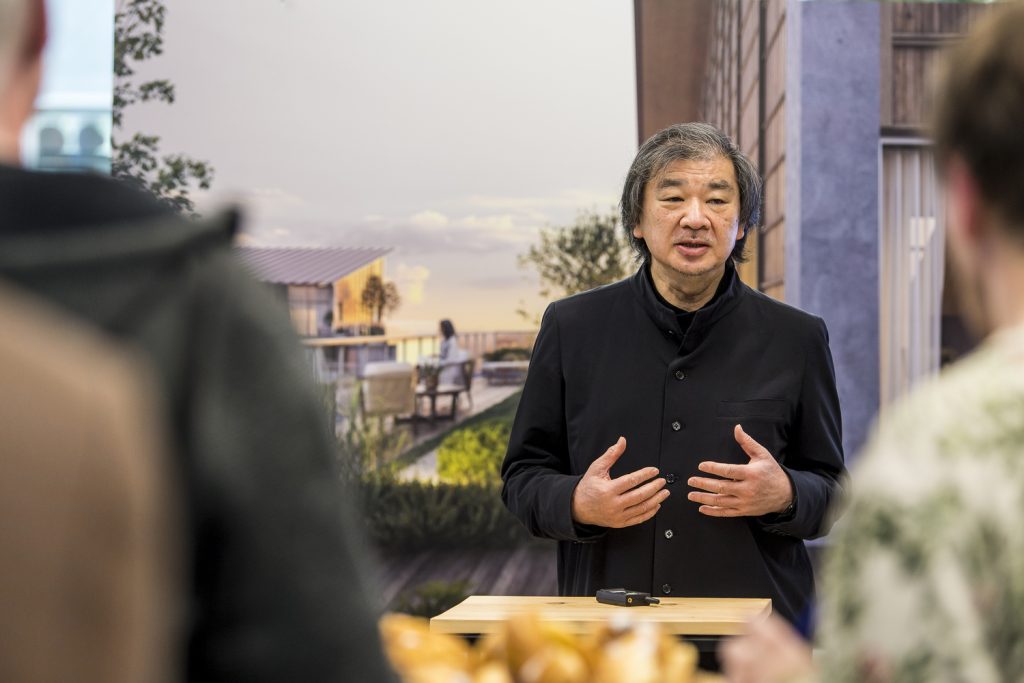Japanese architect and humanitarian Shigeru Ban has been named the 35th Laureate of the Praemium Imperiale Award for Architecture. Established in 1988 by the Japan Art Association, the annual award seeks to recognize exceptional achievements in Painting, Sculpture, Architecture, Music, and Theatre/Film. Shigeru Ban’s contributions to architecture have been significant, not only for the distinctive design aesthetics but also for the innovative use of materials, particularly in the context of emergency interventions and humanitarian work.
Born in Tokyo in 1957, Shigeru Ban’s early interests were not in architecture, but in carpentry, due to his childhood belief that carpenters were responsible for building all structures. This laid the foundation for his enduring appreciation of wood, which continues to inform his work. Ban’s interest soon turned to architectural design, and he studied at the Southern California Institute of Architecture and later at Cooper Union’s School of Architecture in New York, where he was influenced by noted architects such as John Hejduk.
Ban’s work is characterized by the creative use of unconventional materials, most notably paper and cardboard tubes. These materials are not only cost-effective but also sustainable, aligning with growing environmental consciousness in the field of architecture. One of his earliest and most famous projects is the Paper Church (1995) in Kobe, Japan, created as a temporary replacement for a church destroyed by the Great Hanshin earthquake. This project exemplified his philosophy of creating architecture that serves immediate needs while also being flexible and sustainable.
Source: archdaily.com
Subscribe to Updates
Get the latest creative news from Architecture Update about art, design and business.
Shigeru Ban wins Praemium Imperiale Award for Architecture 2024
Previous ArticleFluidmaster collaborates with Virtual Worlds
Related Posts
Add A Comment





